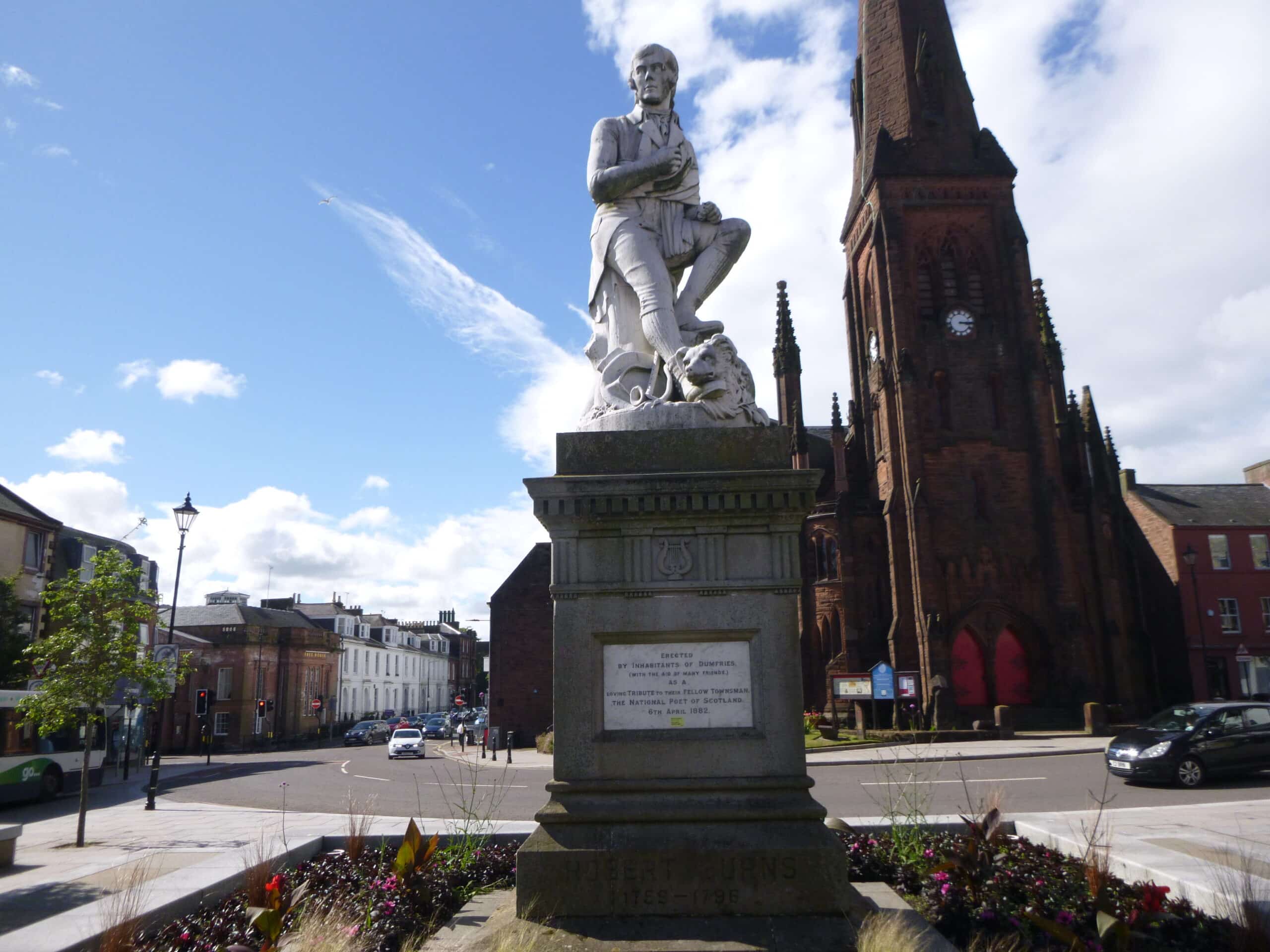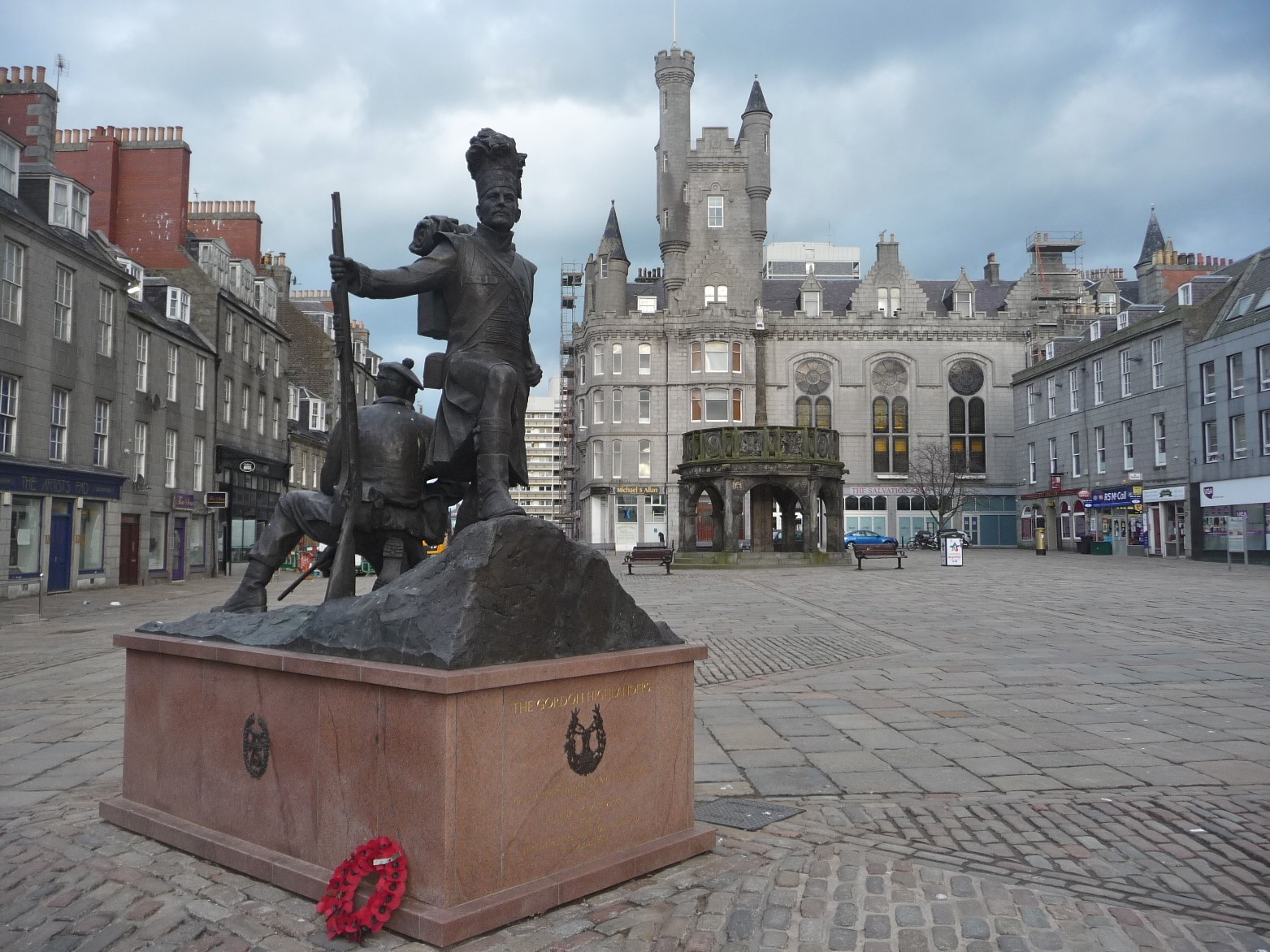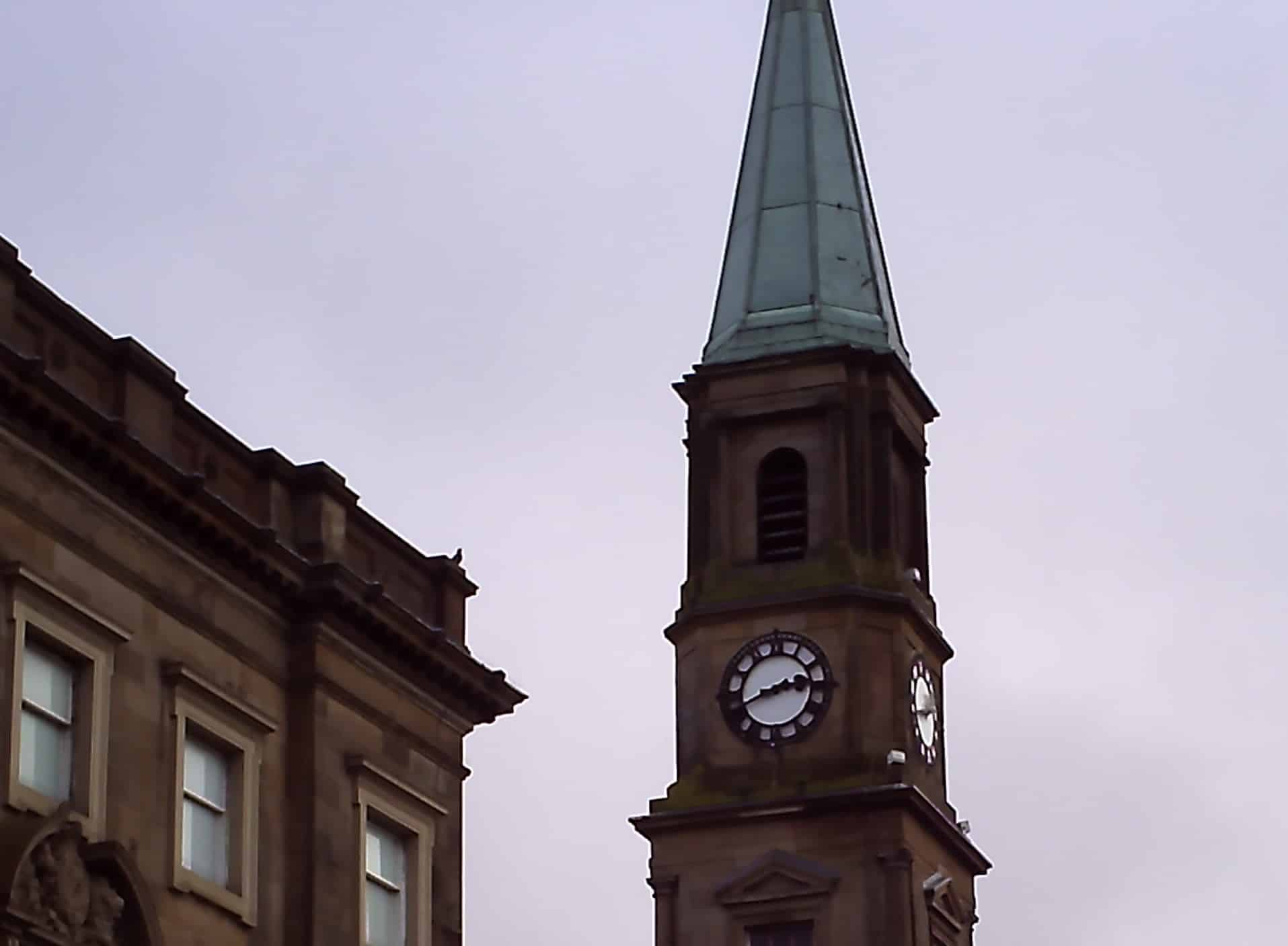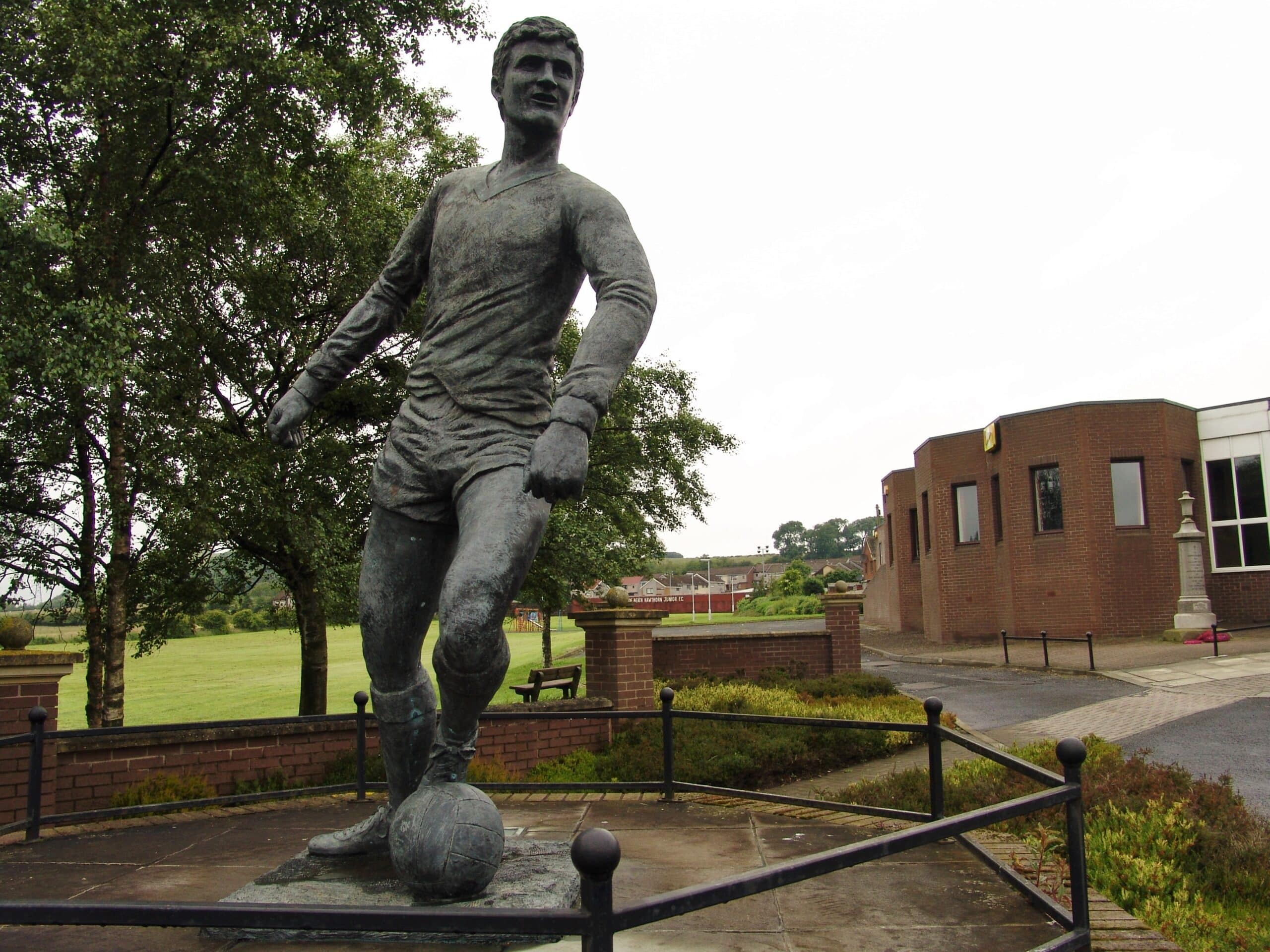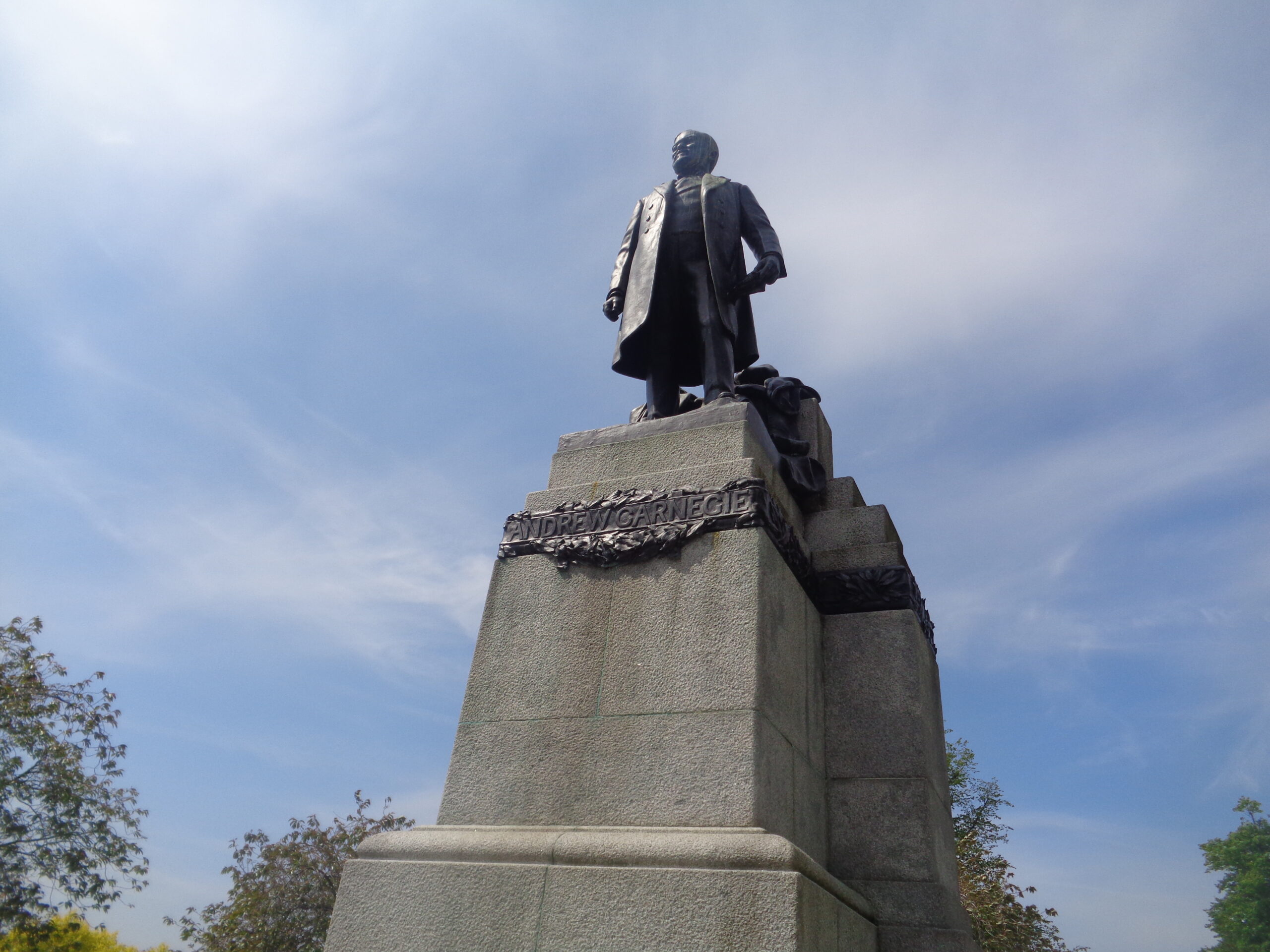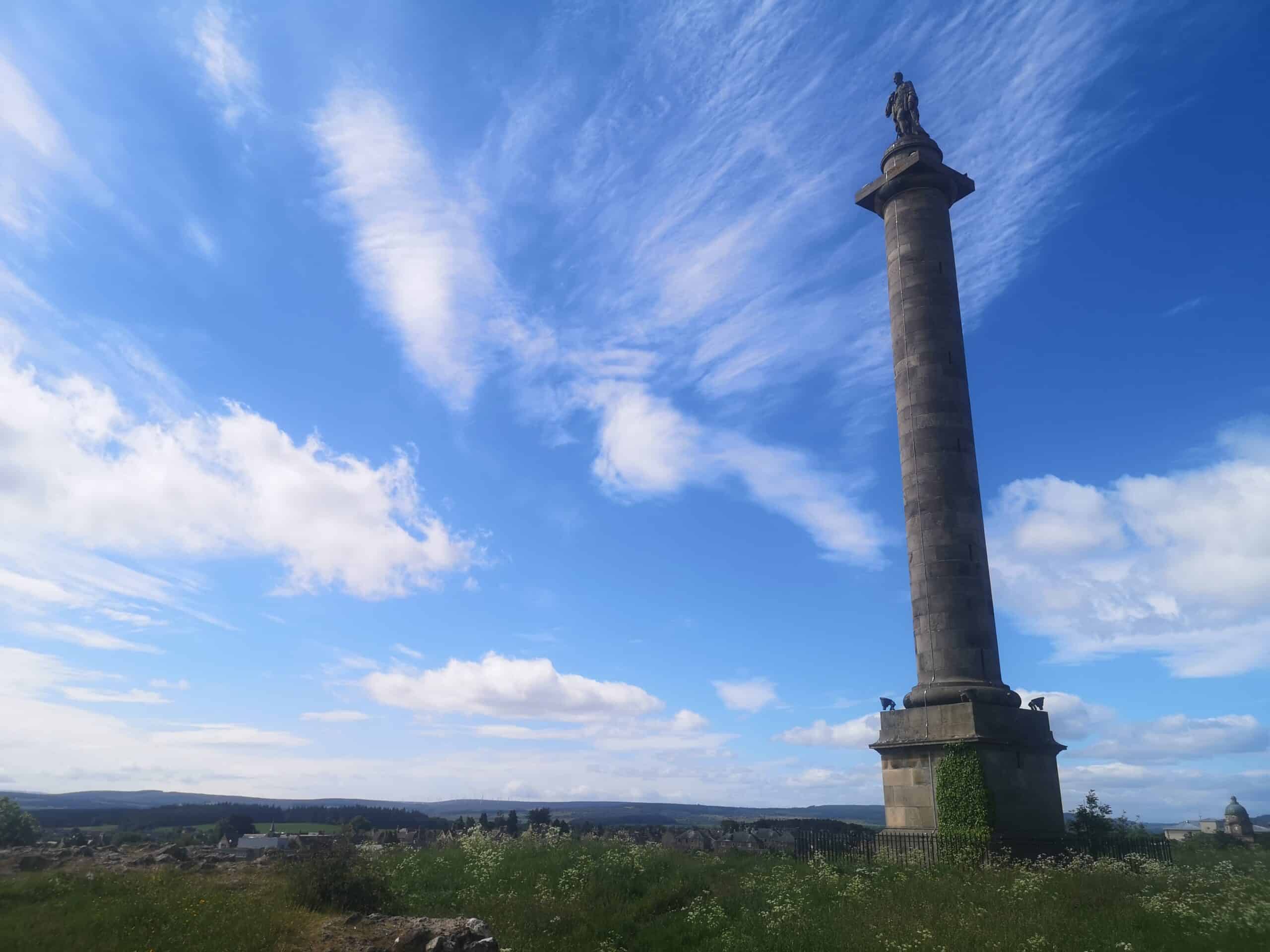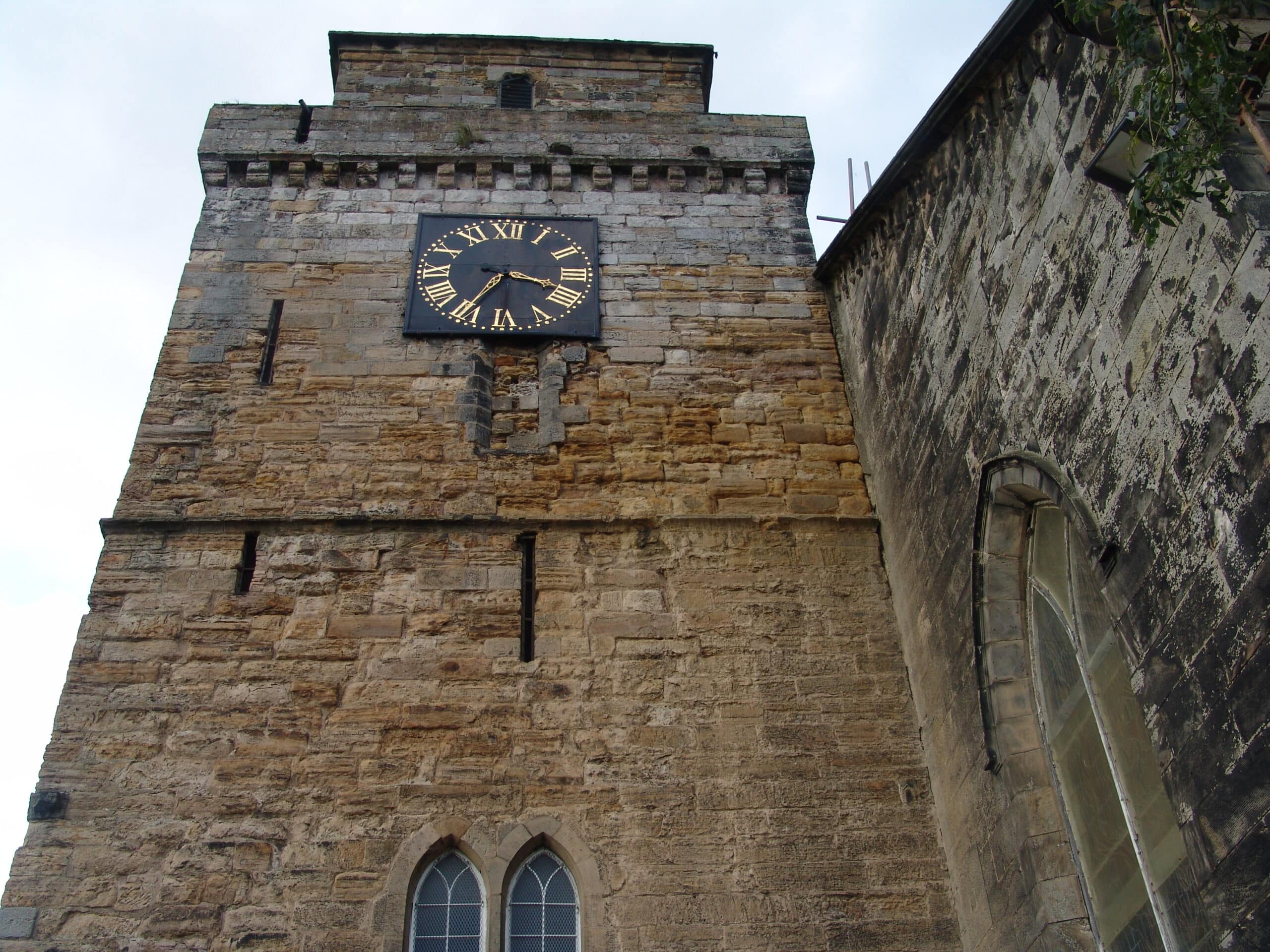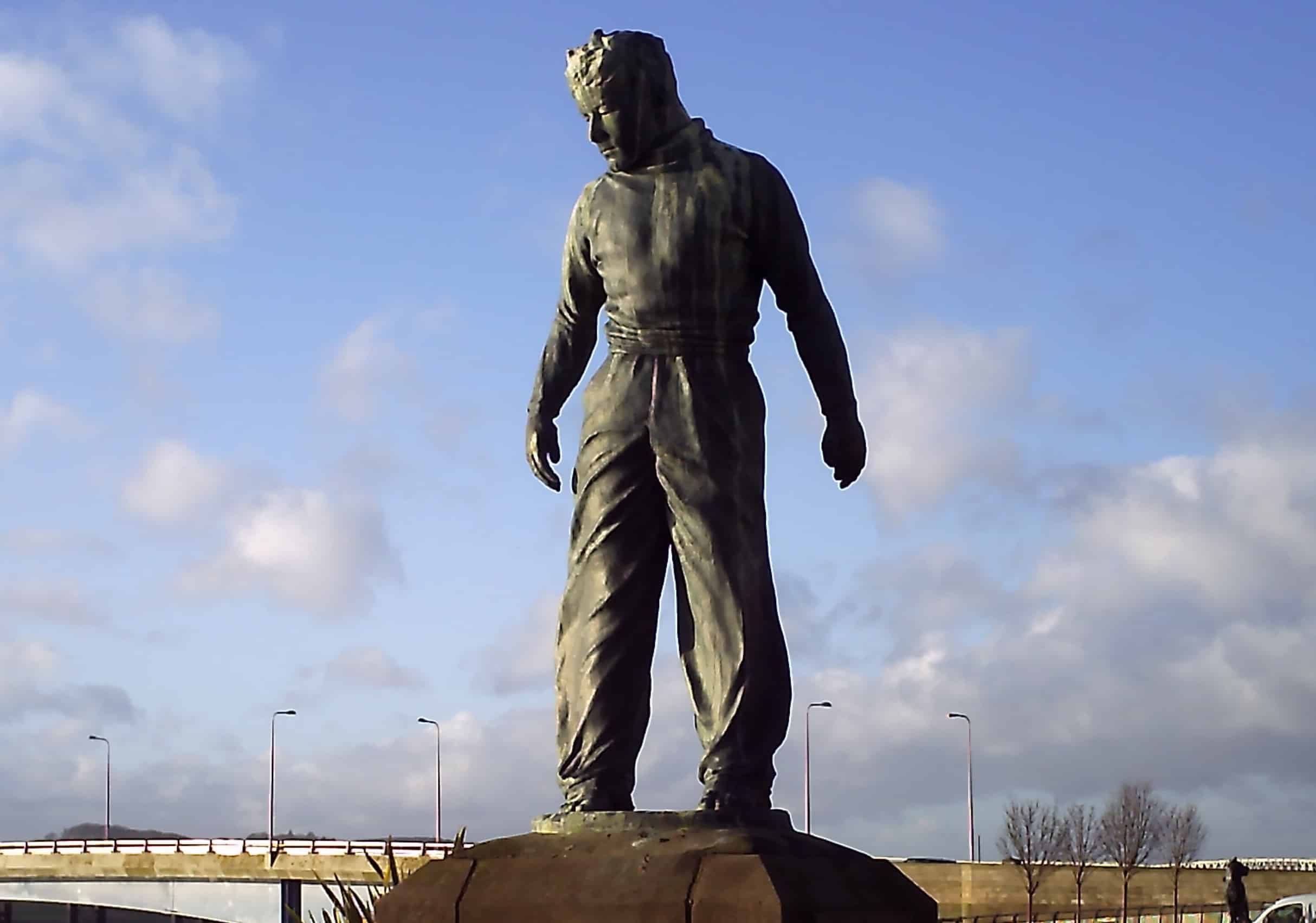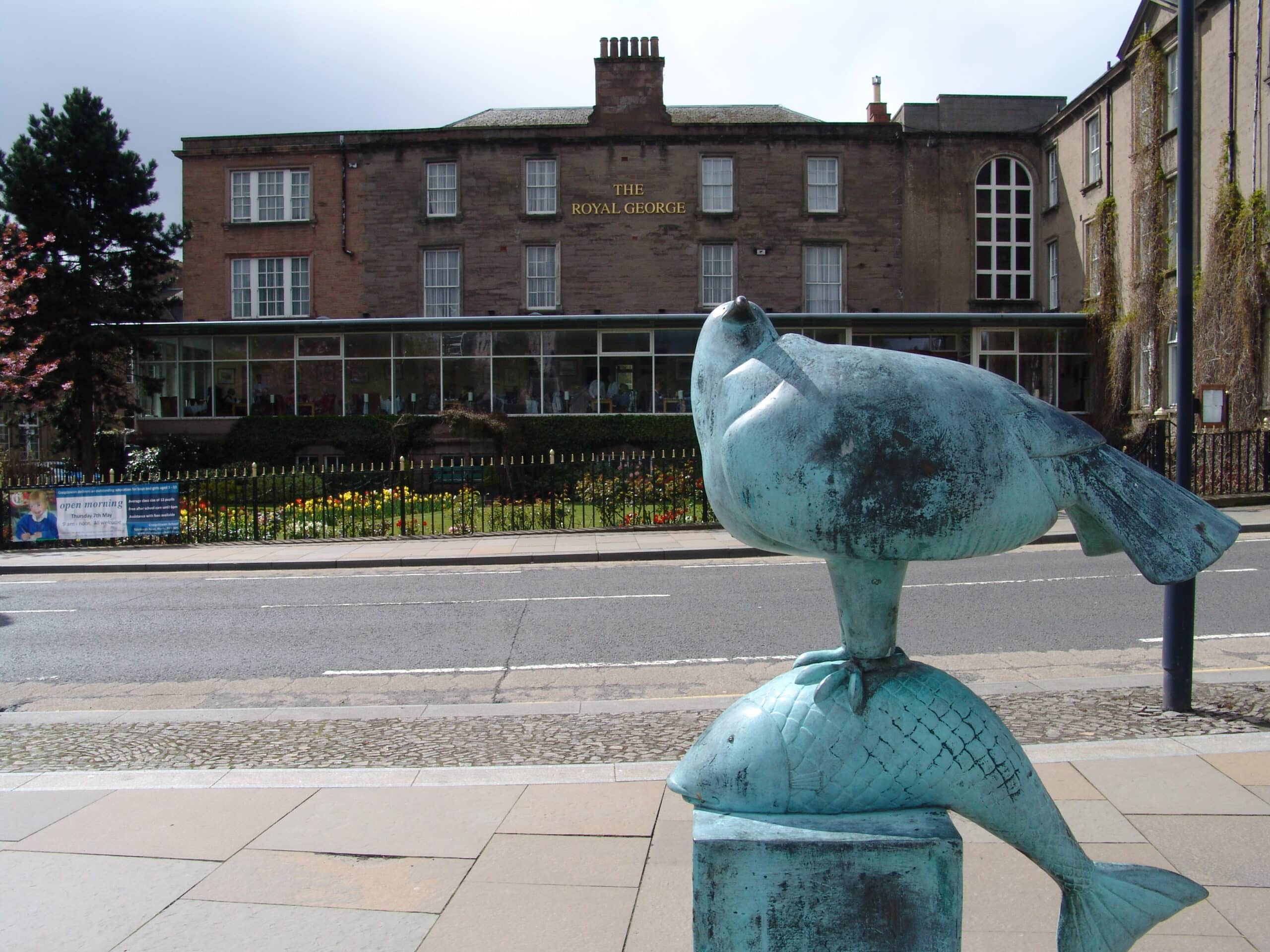Teams, tales and tips – a guide to the local game
‘The Queen of the South shall rise up in the judgement with this generation, and shall condemn it’. Extolled in such Biblical terms by local poet David Dunbar in 1857, the historic burgh of Dumfries is home to one of football’s most romantically named clubs – and the only one derived from the New Testament.
While Matthew 12:42 alludes to the Queen of Sheba, Dunbar was referring to a pretty, prosperous market town where Robert the Bruce began his campaign, Bonnie Prince Charlie was headquartered and Robert Burns lived out his last years. Dunbar’s description became the town’s nickname – and was given to the football club formed at Dumfries Town Hall in 1919.
Dumfries is closer to Carlisle south of the border than it is to bitter Scottish football rivals Stranraer. The prosaic port town a quarter the size of Dumfries had supported Stranraer FC since 1870 – nearly a full 50 years before the formation of Queen of the South.

Dumfries had a ground – but no club to play there. Palmerston Park, across the River Nith at what was then the separate hamlet of Maxwelltown, had seen plenty of football action from the 1870s onwards. No Dumfries club, though, had the staying power of Stranraer.
The current home of Queen of the South was where Queen of the South Wanderers played for two decades before folding because of financial irregularities in 1894. Their most notable player, David Calderhead, earned a Scottish cap, later winning the FA Cup with Notts County and becoming the longest-serving manager in Chelsea’s history.
For several years, Wanderers shared Palmerston Park with the 5th Kirkcudbrightshire Rifle Volunteers FC (aka Fifth KRV), who also used the ground for drilling exercises. The two clubs played regularly in the Scottish Cup and met several times. The 7-7 game of September 1883 produced a record score for a draw in the competition. Against form, the Fifth KRV won the replay then beat another local club, Moffat, before bowing out to Hibernian in the fourth round.
Both Wanderers and the Fifth KRV were members of the short-lived, seven-team South of Scotland League of 1892-93 that failed to run its course for a whole season. Cup games and local friendlies proved more popular.

Twice Southern Counties Cup winners, the Fifth KRV became Maxwelltown Volunteers in 1896, then the 5th King’s Own Scottish Borderers Regiment FC.
Its troops returning from World War I were keen on forming a communal football club, as were employees at the Arrol-Johnston car factory in nearby Heathhall, the first producers of automobiles in Britain. In its works team was Dave Halliday, a trained motor mechanic, who later went on to score hatfuls of goals for Sunderland and Manchester City.
Soldiers and workers met at Dumfries Town Hall in 1919 and Queen of the South were formed.
Trial matches were held. Players who came to the fore included Halliday, Ian Dickson, later a top scorer at Aston Villa, and Willie McCall, a homecoming soldier from the King’s Own Scottish Borderers.
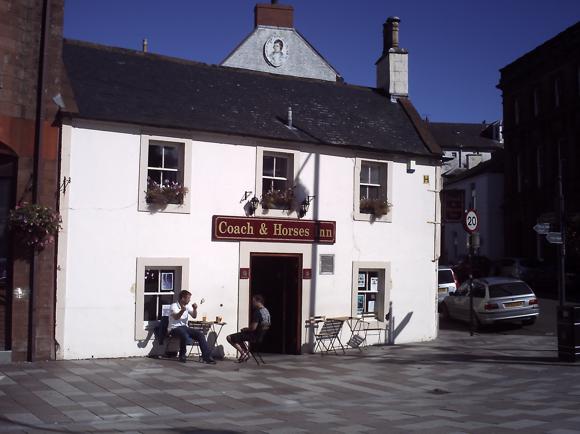
Queen of the South played their first match, against Nithsdale Wanderers, in 1919. With commendable performances in the Southern Counties Cup, Western League and Scottish Qualifying Cup, the club raised its profile, persuading the great Hughie Gallacher to play for nine games. Other key players, including Dickson and McCall, were snapped up by English clubs and the transfer proceeds put towards the purchase of Palmerston Park.
Queen of the South entered the Scottish League in 1923, established a rivalry with Stranraer – fuelled by Queens’ 11-1 Scottish Cup win of 1932 – and achieved a highest top-flight finish of fourth in 1934.
The Doonhamers (‘Doon’ south is their ‘hame’) last saw top-tier action in 1964. In 2008, a first appearance in the Scottish Cup final and Europe raised the profile of the club, now associated with a new breed of local celebrity. Pop terrorist Bill Drummond of KLF and superstar DJ/producer Calvin Harris have penned paeans to their beloved Queens.
None, though, as fair as David Dunbar’s ode in praise of Dumfries back in 1857.
Getting Around
Arriving in town, local transport and timings
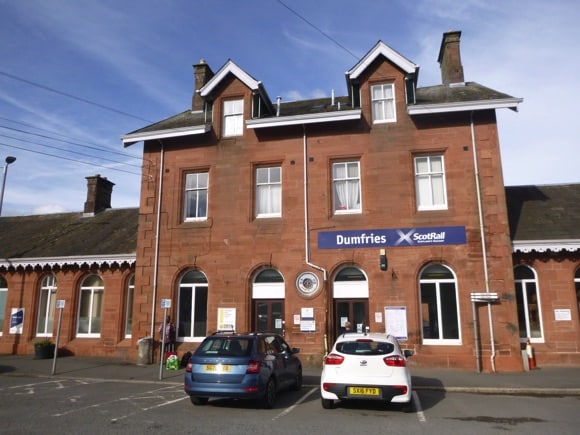
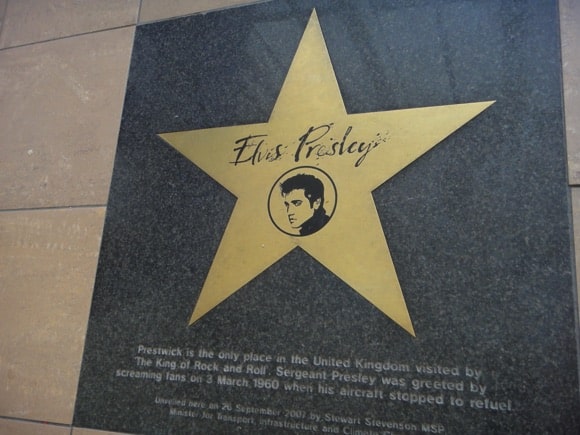
The nearest airport to Dumfries is Prestwick 108km (67 miles) away. For a train to Dumfries (£20) every 2hrs or so, you need to change at Troon and Kilmarnock, overall journey time around 3hrs. It’s sometimes quicker to run up to Glasgow Central (45mins) and then across to Dumfries. Airport passengers may also claim a 50% discount on their train ticket to Glasgow, regular price also £20 all the way to Dumfries (2hrs from Glasgow).
Glasgow International is 135km (84 miles) from Dumfries. From Stance 1, Glasgow Airport Express bus 500 runs to Bothwell Street/Hope Street by Glasgow Central station (£10, journey time 15mins) every 12-15mins.
Edinburgh Airport is 134km (83 miles away). There is no direct train service to Dumfries from Edinburgh Waverley station. – you’ll have to change at Carlisle, overall journey time 2hrs 30mins-3hrs (online advance single, £20).
Dumfries station is at the north-eastern edge of town, the ground on the other side of the River Nith in Maxwelltown to the west. It’s easily walkable from the station to town and 1.5km altogether from the station to Palmerston Park.
Several companies run local buses in Dumfries., including Stagecoach – which operates the main service to Palmerston Park – and Lockerbie-based Houston’s coaches. Stagecoach offers a Dumfries DaySaver ticket for £4.80.
Dumfries Taxis (07784 920 096) is a reliable local firm, with airport transfers and discounted rates for return journeys.
Where to Drink
The best pubs and bars for football fans
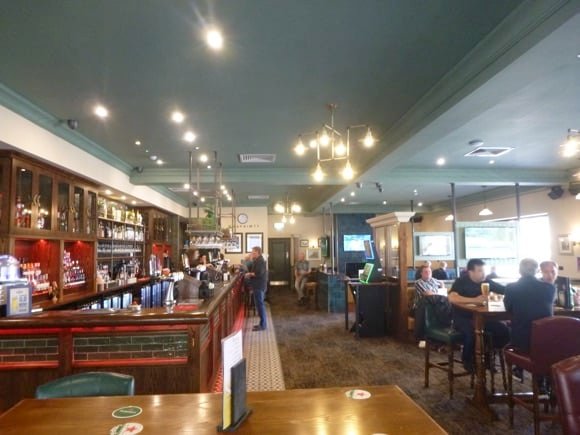


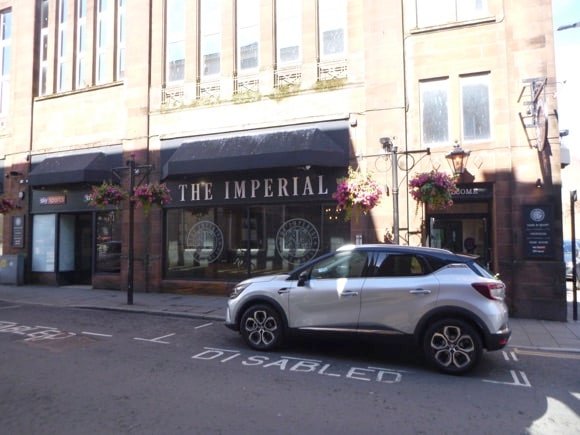




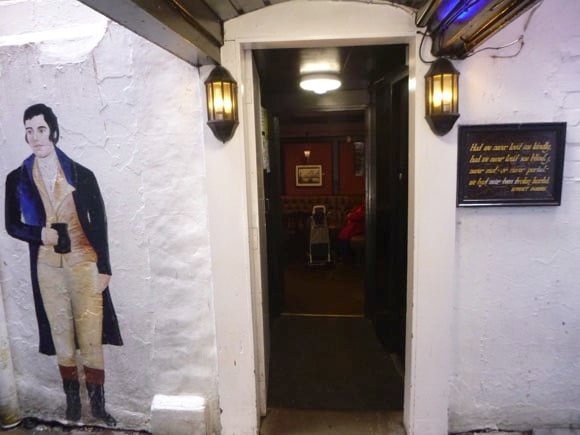
Traditional pubs dot the centre of Dumfries, many showing TV football, some centuries old, with authentic connections to the city’s most illustrious resident, the Romantic poet Rabbie Burns.
Dickies Bar is a typical example, packed with local characters, with free nibbles laid on for European match nights, games shown on three screens. Nearby, the two-floor Granary is a similarly honest local, with a big screen and a disco at weekends when closing time is 2am. Also known for its large menu and Sunday roasts.
Round the corner on Queensberry Street, The Imperial has factored in nine large HD screens to its refurbishment, sport shown around a spiffed-up interior. Paying homage to Rabbie Burns, the Hole I’ The Wa’ had already been welcoming guests for 170 years by the time Scotland’s national poet frequented this historic inn in the late 1700s. A century later, the landlord spent his takings on Burns memorabilia, still on display here, along with TV sport and framed vintage images of Dumfries.
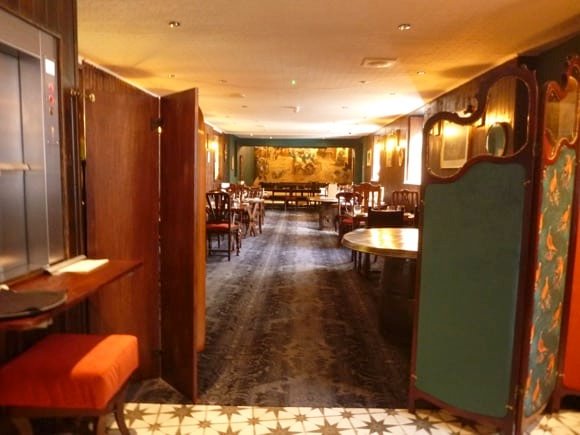
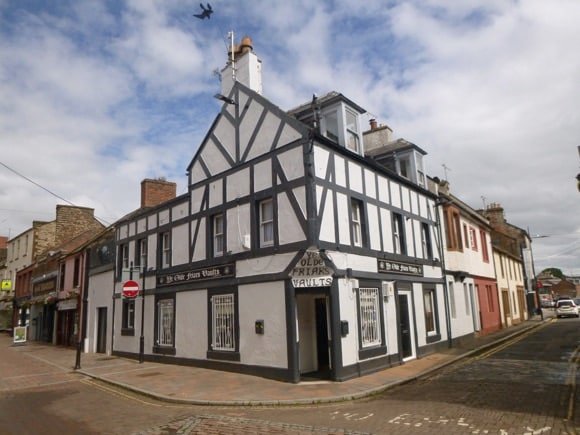

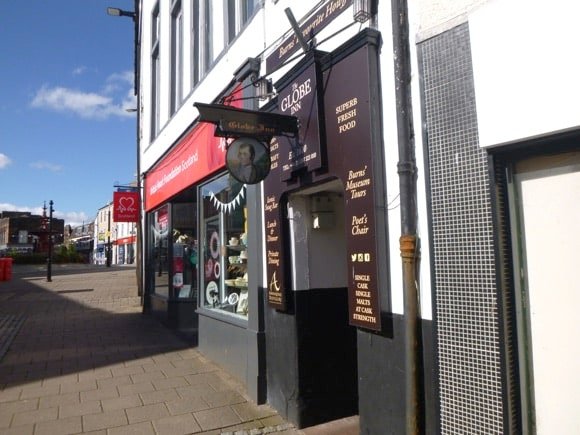


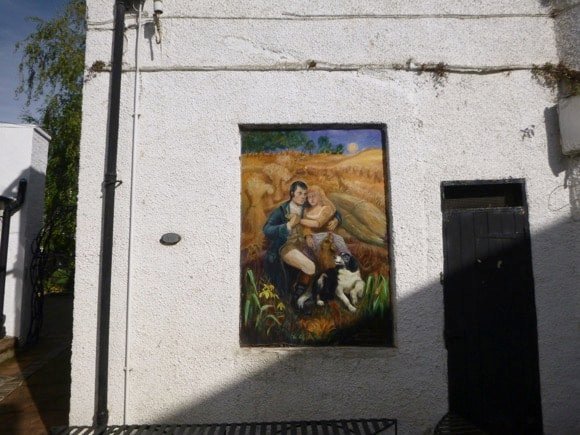
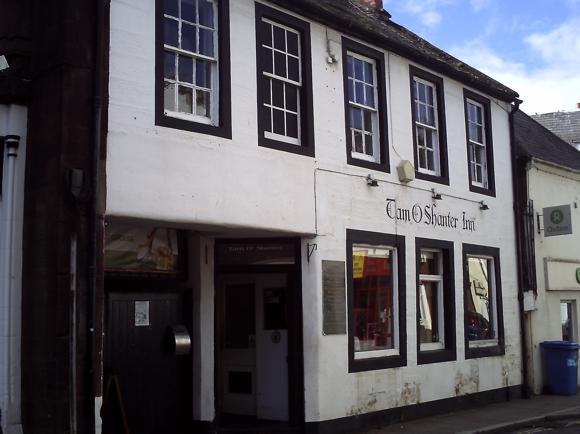


Further up by the statue of Robert Burns himself, the Tam O’Shanter Inn dates back to 1630 when it was a coaching inn. It has long been a cosy, traditional pub, and stocks Broughton Ales, once a key independent brewery in these parts.
The other side of the statue, Robert The Bruce is the local Wetherspoons, set by the site of Greyfriars Church where the future Robert I of Scotland murdered his rival in 1306.
Between the Theatre Royal and the River Nith, High Street landmark the Globe Inn also boasts significant Burns credentials, generations of landlords and, notably, landladies, preserving the place as the National Bard would have known it. First opened in 1610, this cosy pub/restaurant found sympathetic owners 400 years later in whisky expert David and keen historian Teresa, who have faithfully restored it, including the historic Burns Rooms.
The other hub of pubs is Whitesands, which runs parallel to the river, including friendly live-music venue, the Coach & Horses. On Whitesands itself, the popular, party-focused Worldsend has a pool table and TV while Ye Olde Friars Vaults on nearby Friars Vennel oozes age-old character.
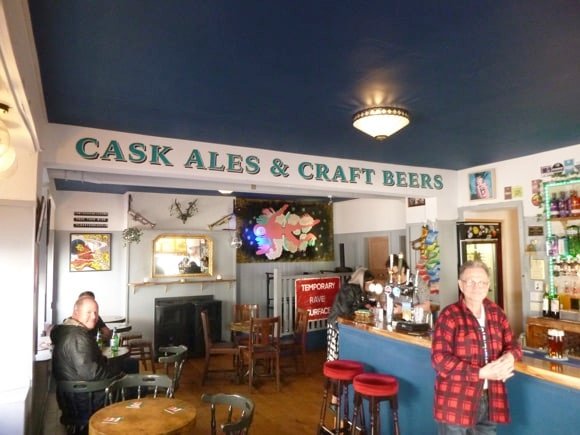

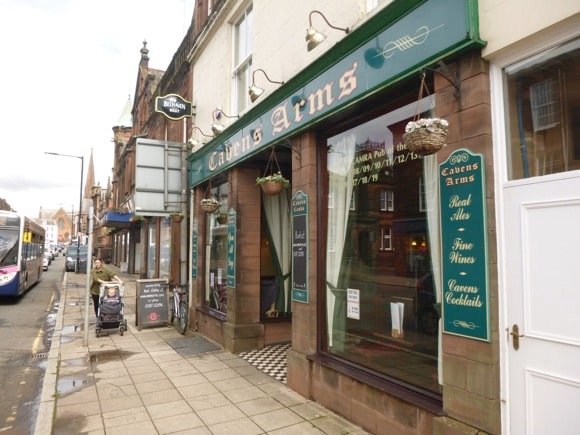
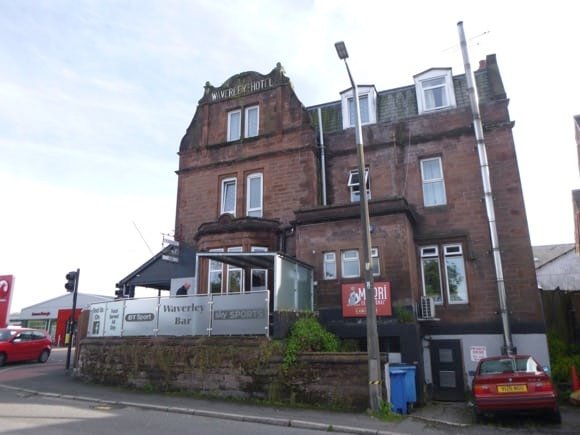
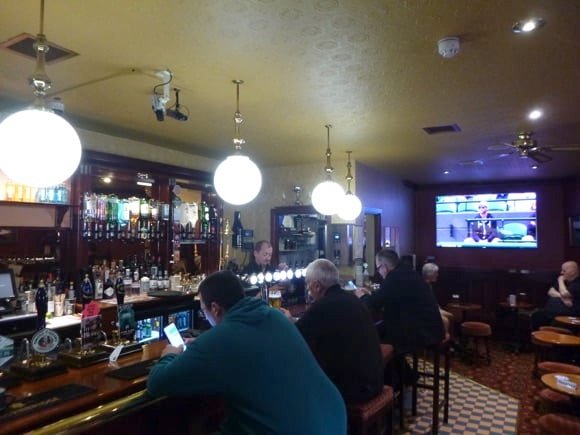
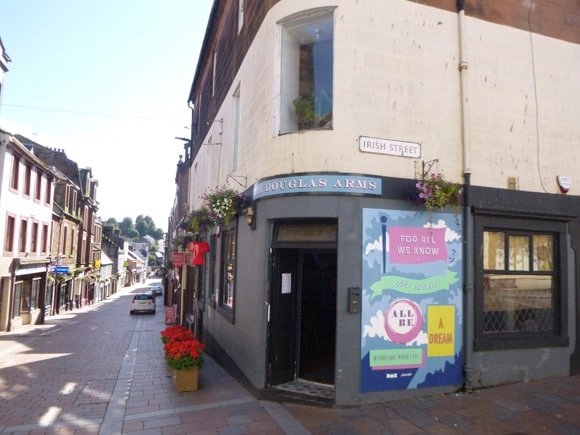
At the corner of Friars Vennel and Irish Street, the Dougie Arms is a wonderful community pub and 2023 CAMRA award winner, a haunt of DJs and Doonhamers. Money raised one recent Hogmanay was put towards sponsoring players from the QoS Ladies & Girls team.
For tradition without the overkill, tucked in behind Whitesands, the award-winning Cavens Arms does everything right, welcome, atmosphere, cask ales, single malts and home-made food. There’s also a large TV screen, though sport isn’t the focus, and a courtyard beer garden.
By the station, the Waverley Bar, round the corner from the guesthouse of the same name, is a welcoming spot to watch the game, regulars also engaged in dominoes or quiz nights. Apart from its many steps, the bar is known for its JM Barrie View, a window onto Lovers Walk that leads to the Dumfries Academy where the writer of Peter Pan once studied.
At the Academy itself, Déjà Vu is a fine wee bar for football and occasional live music, clientele a little younger than elsewhere.
Where to stay
The best hotels for the ground and around town
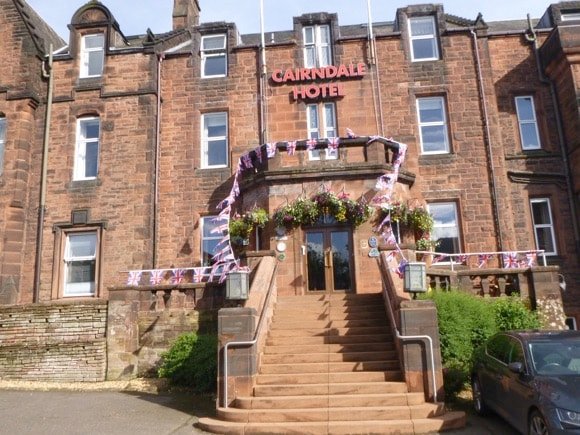
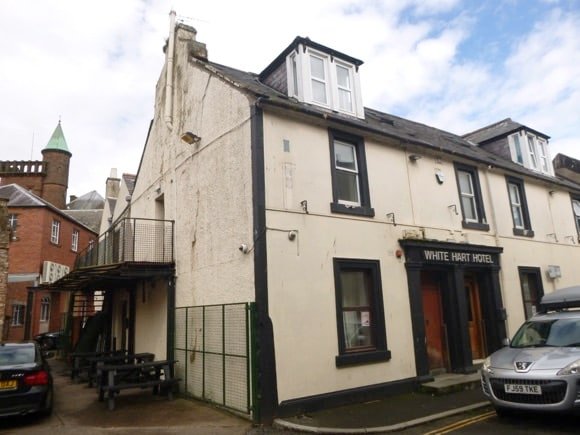
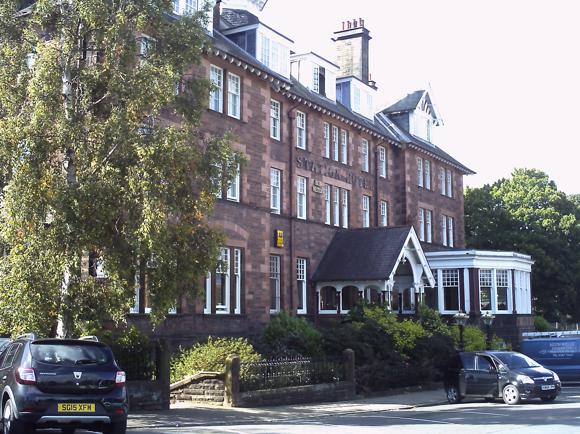


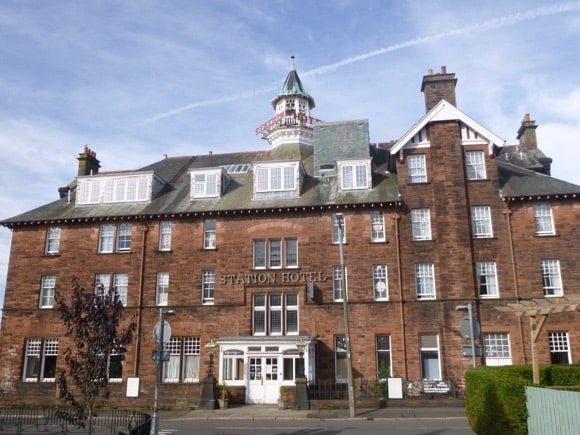

Visit Scotland Dumfries & Galloway has comprehensive hotel database with a booking function.
Nearest the ground on the Maxwelltown side of town, the Edenbank no longer offers accommodation. Staying at historic pub, the White Hart Hotel, however, places you just over the river, in an affordable en-suite room with a bar downstairs, TV and pool table. It’s not five-star but then again, it doesn’t need to be.
Most of the city’s other hotel options are the other side of the town centre, towards the station. Pick of the bunch, on English Street, is the cut-above Cairndale, its spa significantly upgraded in the spring of 2024. Rooms, restaurant and café remain of the same high standard, in an establishment overseen by the same family for the past four decades. Golf breaks offered, too.
Nearer the station, the Waverley Guest House has long beckoned travellers due to its location, a refurb of guest rooms belying a less promising exterior. Handy for the sport-friendly bar of the same name around the corner (see above, Where to drink).
The nearby Huntingdon might be a better bet, a well-run B&B with plenty of parking space to complement the comfortable lodgings, while the five-room Ferintosh next door is a warm and welcoming guest house in a Victorian sandstone villa, a hearty Scottish breakfast served with every stay.
Note that the Station Hotel is currently closed after being sold in 2018.

